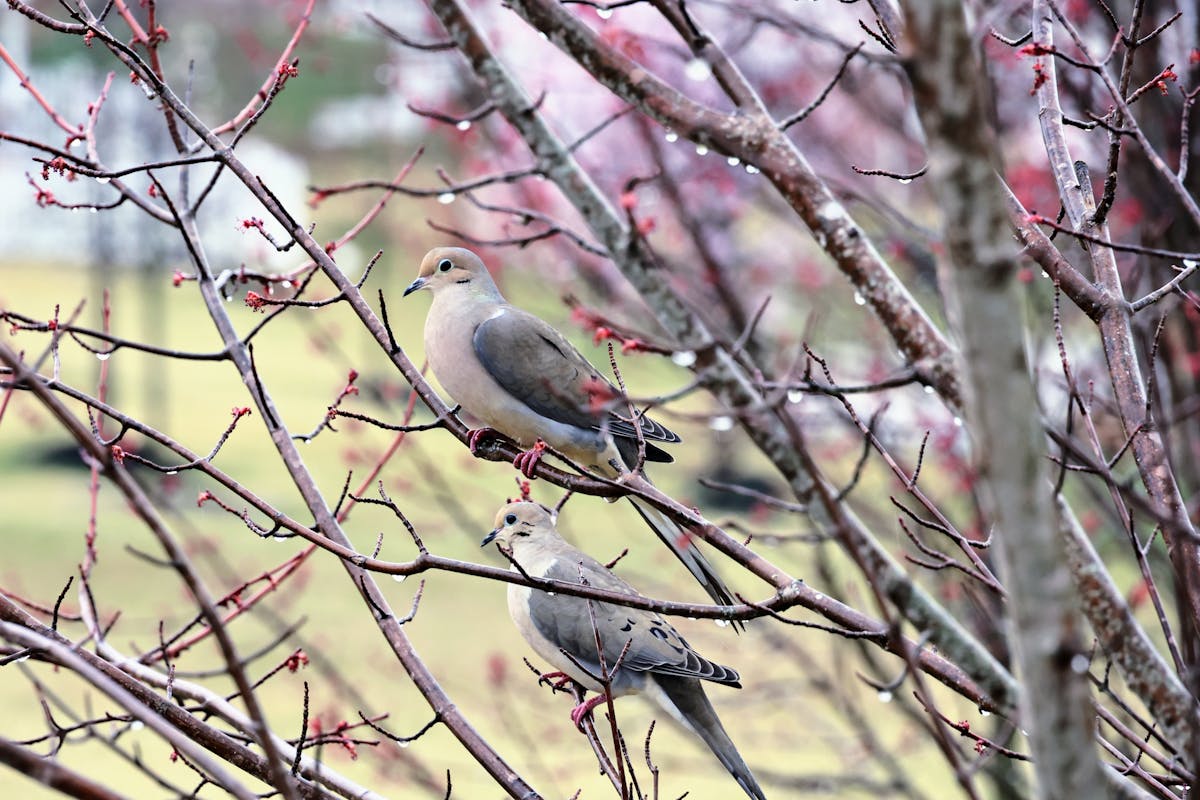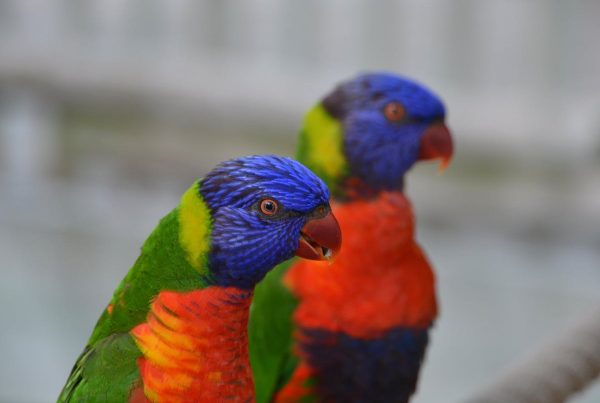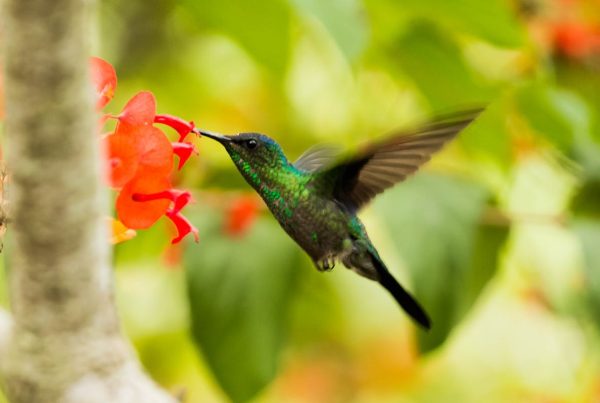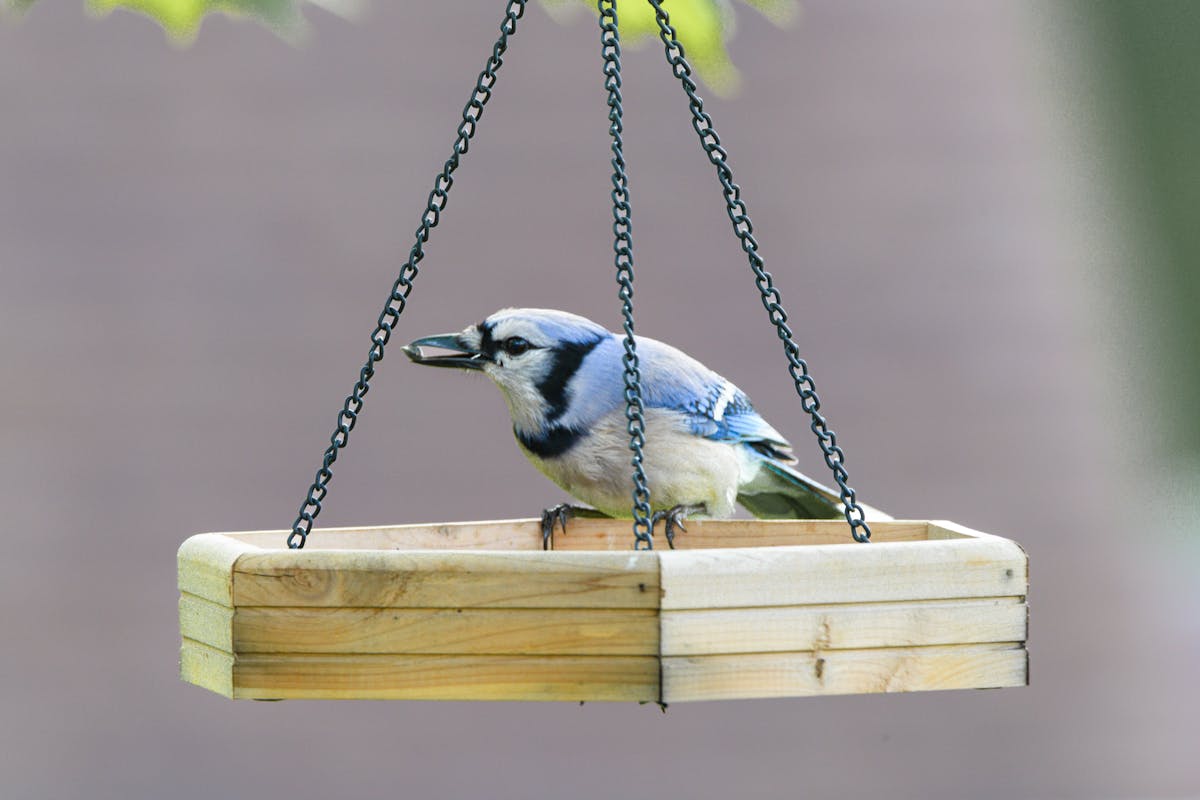
Virginia Birds
Birds play a key role in ecosystems. They spread seeds, control pests, and help keep the environment balanced. Birdwatching is good for the environment. It’s also a great way to relax, enjoy nature, and appreciate life’s beauty.
Virginia
Virginia boasts a wide variety of natural habitats and ecosystems. This diversity comes from its location on the East Coast of the United States. Virginia’s location, landforms, and climate create habitats and migration paths for many birds. Virginia boasts 40,000 unique bird species. This makes it a paradise for bird lovers. It attracts birdwatchers from around the globe who want to explore its vibrant birdlife.
There are the more wonderful sorts of birds in the woods of Virginia. One of the most recognizable is the eastern bluebird, which is known for its bright blue feathers and melodious song. A common and majestic raptor that is often seen gliding above the treetops is the red-tailed hawk. The forest hosts animals like the American Robin, which has a bright orange belly. It also has the Wood Thrush, whose flute-like song fills the air among the trees.
The wetlands and rivers of Virginia are filled with birds. Great blue herons stand by marshes and waterways. With their tall, elegant bodies and sharp bills, they wait patiently for fish and amphibians. You can often hear the cheerful call of the Belted Kingfisher across the river. This quick bird dives from its perch to catch fish or aquatic invertebrates. Other common wetland species are mallard ducks, American hoary ducks, and red-winged blackbirds.
Wetlands Birds
Virginia is still a place for rich bird diversity in cities and farmland alike. Northern Cardinals have bright red feathers. They often visit backyard feeders and city parks, adding color to urban areas. Eastern Meadowlarks often sit on fenceposts or fly low over fields. You often see their bright yellow breasts and hear their unique chirps in the countryside. The American Crow and the quick Barn Swallow live in both rural and urban areas. They have adapted well to landscapes changed by humans.
Meadowlarks
Virginia is on the Atlantic Flyway. It’s a key stop for migratory birds traveling between breeding and wintering areas. Hungry birds need inland habitats before they reach the coast. These spots help them get ready for crossing large water gaps during migration. Places like the Eastern Shore and Chesapeake Bay serve as vital stops for these birds. Birdwatchers enjoy the ebb and flow of migratory birds in spring and fall. Migration peaks in April and May during spring, and in September and October during fall.
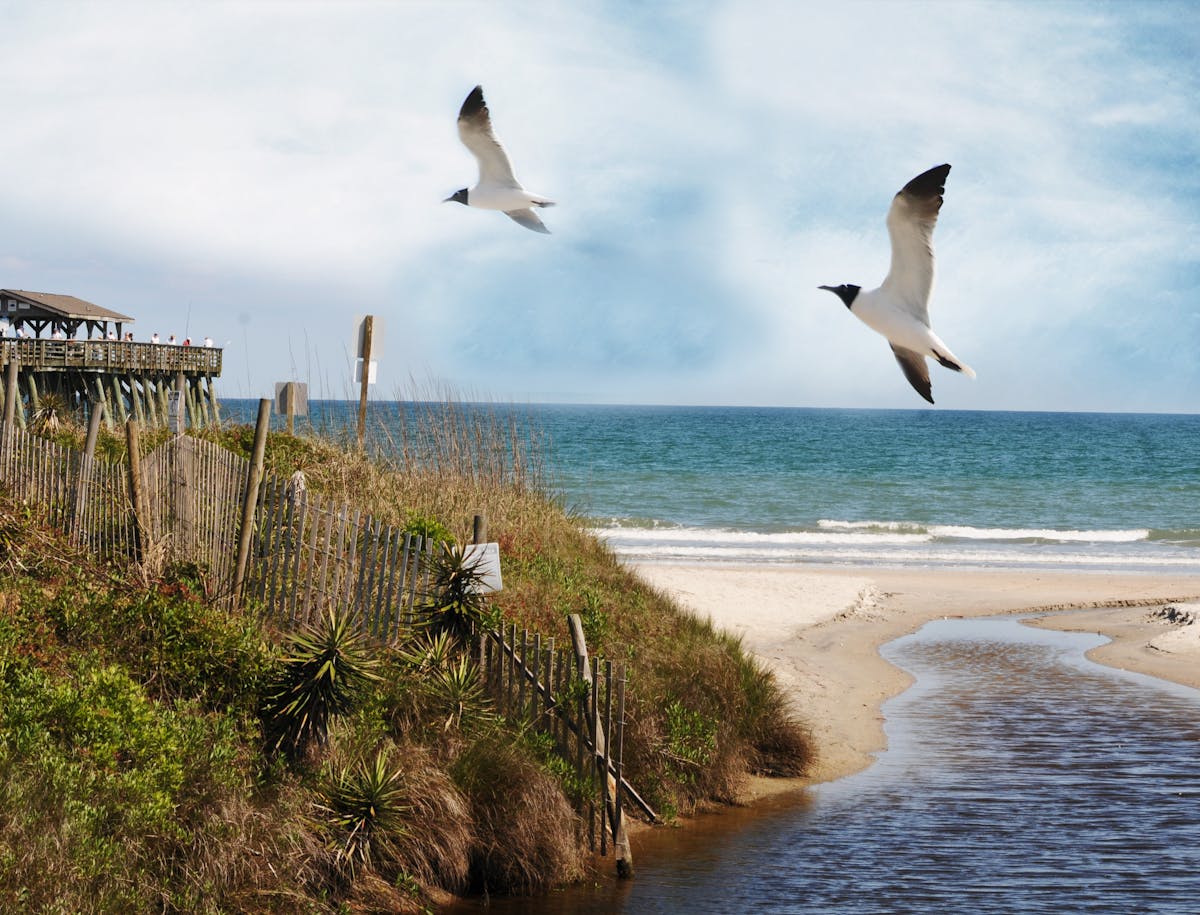
Birds Migration
Birds Migration
In spring, many migratory birds return to Virginia from their winter homes. Many of these migratory birds are finches, or songbirds. Colorful warblers, such as Yellow and Blackburnian Warblers, brighten the treetops. Flycatchers like the Eastern Crested Newt and Eastern Kingfisher come to settle and raise their offspring. Many songbirds, like thrushes, orioles, and sparrows, migrate through Virginia now. This makes it a great time for birdwatchers to enjoy migration shows.
Finches
Autumn is here. Virginia says goodbye to many migratory birds. They fly south before the cold arrives. Coastal birds, like semipalmated sandpipers, stop in coastal areas and wetlands. They rest and refuel during their long journeys home. The farther the hawks, falcons, and eagles flew, the larger the groups grew. Raptors fly in flocks high in the sky. They travel from North America to their winter homes in Central and South America, where they find forests and rivers. Waterfowl, like Canada geese and northern crested grebes, begin their southward migration. They forage in lakes, rivers, and marshes across the state.
Semipalmated Sandpipers
Virginia is home to a few rare species of birds that are habitat-specific or tied to particular sites. At the coast, the endangered plover nests on sandy beaches. The elusive black iron lives in salt marshes and wetlands. Swainson’s warblers look for dense understory habitats in the mountains. Birdwatchers might also spot other rare birds. The painted bunting can be found in open woodlands. The northern saw-whet owl lives in coniferous forests. These birds can make birdwatching trips even more exciting.
Plover
For birding fans, spotting rare birds in Virginia can be an unforgettable experience. Finding a rare bird makes any birding trip exciting. It could be a migrant that got lost or a local native with a small range. Either way, spotting such a bird adds thrill to the adventure. The rare birds attract many birdwatchers. They share news and team up to track and protect these visitors. These birds bring a strong feeling of friendship among birders. They spark a love for nature’s wonders and inspire a wish to protect Virginia’s winged jewels.
Birdwatching
Virginia offers many habitats, so birders can spot various bird species. The state’s natural heritage shines with birds found in forests, wetlands, cities, and farms, as well as along migration routes. When you step into the field, you might see a common bird for the first time or feel the thrill of tracking rare ones. Birding in Virginia gives you a lasting experience. It helps you appreciate our feathered friends and their ecosystems more.



